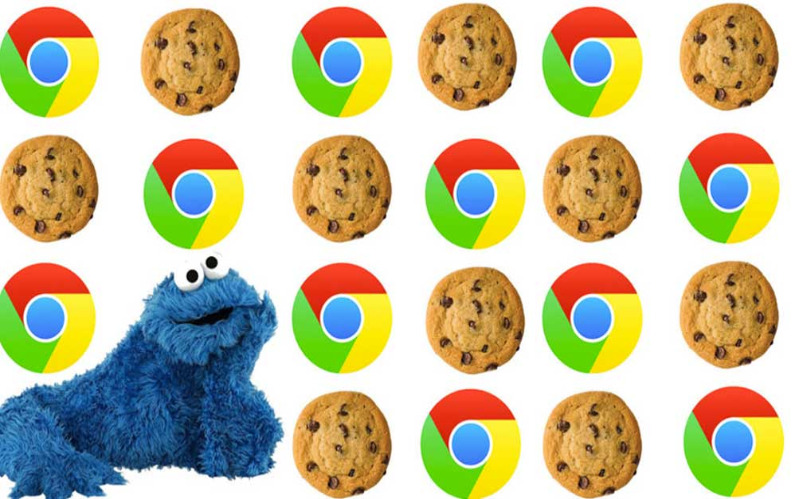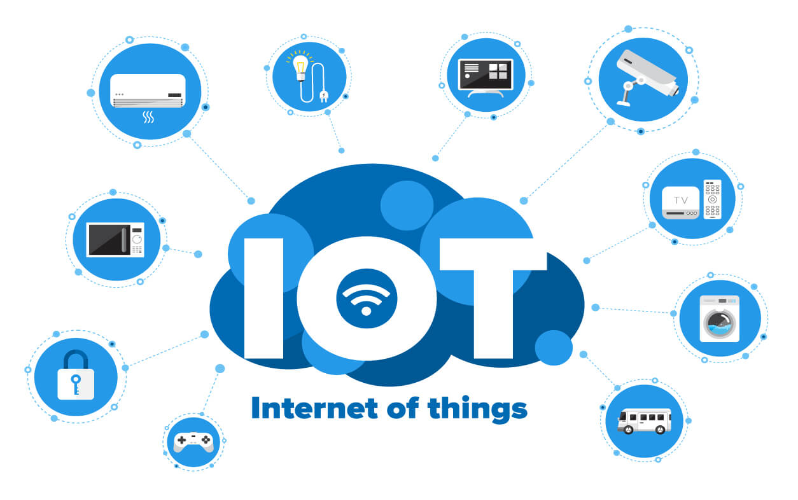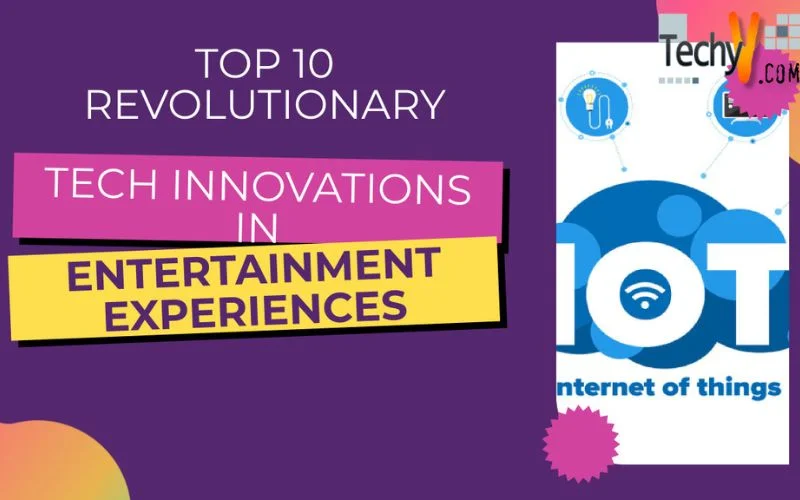The media sector has always been the first stop for breaking news and stories. But thanks to modern technology, we are all content producers and publishers. Never before has it been so simple to make new films, share news on social media, and expand our audiences. Presently, cutting-edge rising technology instances are altering how we acquire and provide material. We’ll show you how these 10 new technologies are being utilised to alter the content production and distribution process, even if some of these technologies seem right out of a sci-fi movie.
1. 5G & Wi-Fi 6
Fast wireless technology is here, and 5G data networks are prepared to increase phone speed. It has the potential to make virtual and augmented reality more widely accepted. Data transmission rates of around 10 gigabits per second made it possible to stream live video and explore augmented reality with no hiccups. Although 5G devices are still being created and deployed, carriers like AT&T and Verizon are already vying to lead the 5G revolution in their respective markets.

2. Virtual Reality
The highest level of interaction with the news? being centrally located in the action. To help them connect more deeply to the narrative, VR promises to immerse the spectator in the action. A noteworthy VR example is the New York Times VR app, which was launched together with the distribution of 1.2 million Google cardboard viewers to subscribers. The immersive VR video experience fosters a stronger sense of empathy and connection to news events.

3. Anti-ad Blocking
PageFair estimates that ad blocking may still result in a loss of income of about.8 billion annually, even though according to our most recent survey, 69% of users do not already use an ad blocker. To help publishers fend off parasitic software, PageFair, Sourcepoint, Secret Media, and Admiral have heard the industry’s cries and are promoting their technical solutions. While some of these strategies aim to deliver various ad formats that better complement the user experience, others offer “ad reinsertion” software. Forbes has been experimenting with technology that completely prevents ad-blocking users from seeing their website but provides users with a perk for whitelisting Forbes by guaranteeing an “ad-light experience” if they disable their software.

4. Automated Journalism
By reading and analysing data to make content, “robot journalism,” one of the sector’s most contentious instances of new technology, assists journalists, content providers, and publishers. Additionally, automated journalism is used to verify sources, discover popular topics, and test headlines. Bandito, created by The Washington Post, offers real-time testing to find the top-performing content and enhance pieces that don’t quite “hit the mark.”

5. Social Outreach Apps
Content makers may look outside the traditional suspects of Facebook, Twitter, and Instagram for consumer opinions. Social outreach applications offer a novel perspective on how the media sector interacts with its audience. Anyone may respond to questions with a video using Q&A, allowing journalists to conduct as many real video interviews as they can without being there.

6. Death Of The Cookie
When Google stated that it will begin blocking third-party cookies in Chrome browsers within the next two years, the announcement shocked the industry. While marketers are in a panic, content publishers are overjoyed to learn they will have access to the highly sought-after first-party data. The change may have an immediate impact on publishers’ reliance on advertising revenue, but it will rethink the potential of first-party data and the development of direct partnerships.

7. Data Scrolly-Telling / Visualization
The ideal combination of text and pictures can please an audience that is becoming more mobile. Engagement may be increased by presenting information in dynamic, digestible portions. Since scrolling has replaced clicking, switching between various multimedia data sources should be simple. A visualisation tool called “Scrollytelling” shows additional info as the viewer scrolls down the page. The Dawn Wall by The New York Times, which tracked one of the world’s hardest free climbs, is a superb illustration of interactive data journalism.

8. IoT
The Internet of Things (IoT), which is transforming our homes into smart hubs with voice-activated technologies, is nothing new. However, according to Business Insider Intelligence, more than 64 billion IoT devices will have been deployed globally by 2026. Additionally, they forecast that consumers would spend close to $15 trillion on IoT products, services, and enabling infrastructure. The beginning of a new age brings with it new possibilities, better production, and lower operating expenses. Additionally, new IoT gadgets are increasingly focusing on immersive experiences with visual elements in addition to basic voice-driven capabilities.

9. Wearable Journalism
Consumers’ access to content is altering as a result of wearable technologies. With the Apple Watch, finding out the most recent news is as simple as telling the time. For brief updates until viewers have the opportunity to read the entire article, wearable journalism is excellent. Wearable journalism offers the chance to transmit news in condensed formats without sacrificing the substance of the narrative, whether it be through clothes or contact lenses.

10. Video Creation Technology
Although the video may be the king of content for media businesses, it is difficult to post enough films to please users. What is the best strategy to assist your team in meeting the ever-rising demand for video? Purchasing video-making software, whether that entails working with a website like Wibbitz Studio.


















